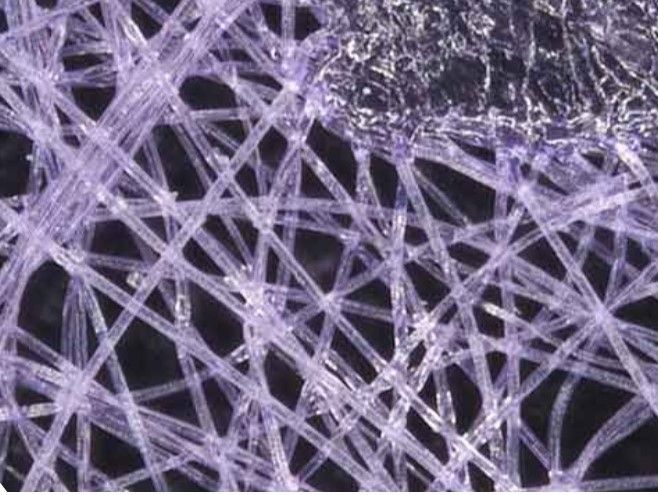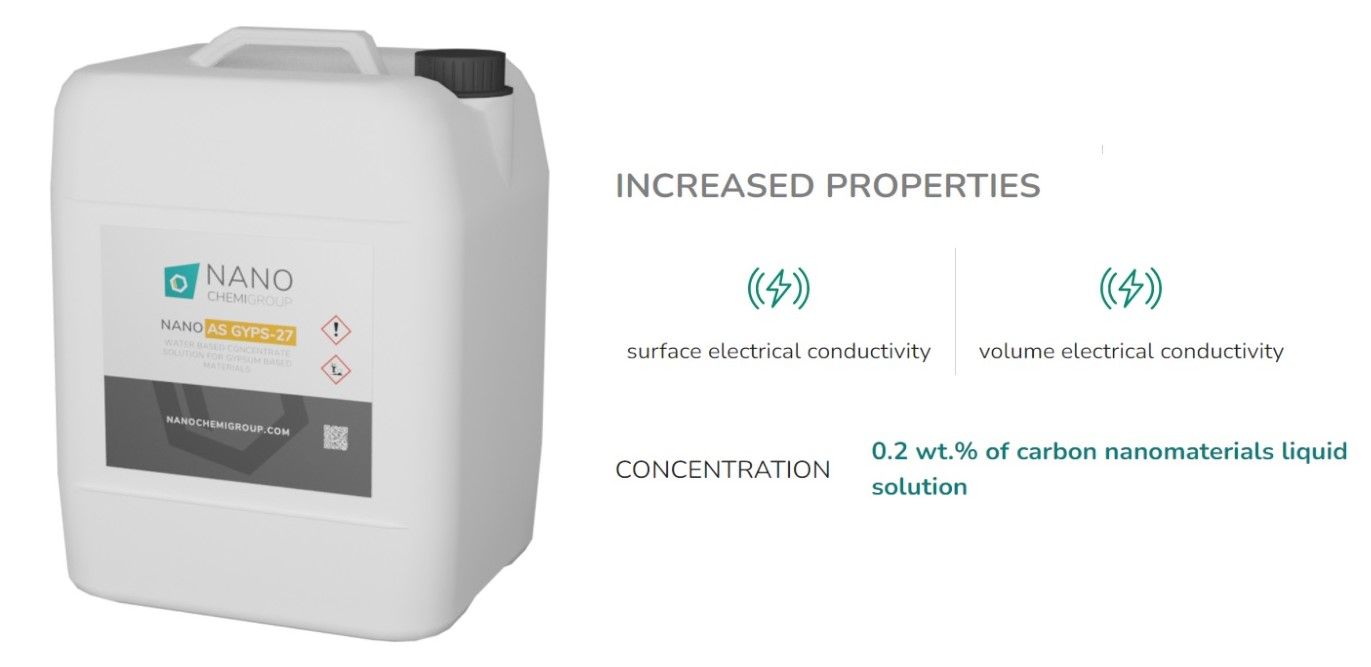The future is full of exciting prospects – self-driving cars, plasma-powered energy, advanced robotics, lab-grown meat, and bionic body parts.
But at the very heart of scientific advance lies nanotechnology. The ability to control and engineer materials at the atomic scale has the potential to change so much of the modern world.

Here is a glance into two of the biggest influences that nanotechnology will have over how people live in the future.
1. Nanotechnology for 6G and the Internet of Things
In some respects, the future is already here with people, companies, and countries connected in ways which would have been science fiction only a few generations ago.
It is a trend that is certain to continue as more economic transactions, entertainment, education, and business and social interaction moves online. This will increase demand for data transferal and cloud storage in every continent on the planet.
Expanding capacity and creating super-fast connectivity to the levels needed will require the application of technologies that have not yet been developed. As carbon nanomaterials are the best electrical conducting material known to science, increasing data speeds and computer functionality will undoubtedly involve employing nanotechnology.

Not only do electrons pass through nanotubes much faster than through traditional electrical wiring, but the size of electronic devices will allow digital technology to exist almost anywhere, even allowing for nano-scale robots which are small enough to operate inside a patient’s arteries and organs.
An additional application could be in the development of dust-sized sensors that could be deployed into the atmosphere for real time weather tracking. As the nanotechnology journal Nanowerk explains, “An individual smart dust particle in itself is a tiny sensor and computer, self-powered and wirelessly connected to a large network. Each particle can be left unattended and collects environmental data such as light, temperature, pressure, vibrations, the existence of toxins etc. and transmits this data wirelessly to a larger, remote computer system – or, depending on the available computing power, processes it directly at the point of data collection.”
Research into magnetic nanopowders is already allowing communication at the sub-terahertz range, while graphene is being used to create low power consumption devices with ultra-wide bandwidth.
These advances combined will allow for the development of the Internet of Things – a world with an estimated 75 billion devices connected together via the Internet.

Mobile data transferal, high connection density, ultra-low latency, and increased internet traffic will continue to transform the way we live and work and will only be possible with digital abilities enhanced with nanomaterials.
2. Nanotechnology for Construction Materials
As well as superb electrical conductivity, studies have already proven nanotubes to have as much as 100 times the tensile strength of steel. It is an inherent strength that is well suited for the construction industry.
With increased attention being paid to the environmental cost of concrete (the cement industry is estimated to produce 8% of total global emissions), replacing or eliminating unsustainable construction materials through the use of carbon nanomaterials is a likely advance.

Early evidence of progress in this field can be seen in the application of nanotechnology in everyday materials such as concrete, plasterboard, coatings, and plastics.
One company that is already supplying nanotechnology for the manufacturing and construction sectors is NANO CHEMI GROUP who have already produced a water-based solution for gypsum-based materials, such as plasterboard.
Called NANO AS GYPS-27, it is a nanotechnology additive which supplies electrical conductivity at both the surface and volume of the raw material. Yet the additive contains only 0.2 wt.% of carbon nanomaterials in order for the gypsum to maintain its desired original properties.

Meanwhile, further work is being conducted on nanomaterial additives for modified asphalt. This would see carbon-based nanotubes forming a reinforced network inside a road surface to improve compressive strength, rut resistance, softening temperature, and overall lifespan.
The inclusion of as little as 0.025% to 0.035% nanomaterials in the total mass of asphalt (with bitumen being no more than 6%) can create a surface with double the binder viscosity and a softening temperature 10° C higher than materials without nanotechnology.
The company (which sponsors this page) is also researching the application of nanotechnology into polymers, such as PVC and PC. This includes a ready-to-use nanomaterial additive to enhance PVC by significantly increasing its mechanical strength, reducing consumption of conventional raw materials, and increasing resistance to heat and light.

By further combining the strength and conductive properties of nanomaterials, companies like NANO CHEMI GROUP are looking to develop numerous construction technologies.
These include:
· Smart windows which can regulate a building’s indoor climate
· Energy-generating, sound reducing smart roads
· More efficient, smart lighting systems
· Anti-microbial paints and coatings
· Stronger construction materials with a longer lifespan
· Lightweight construction materials for reduced transportation costs
· Self-repairing concrete
· Water purification systems
· Pollution absorbing materials
However likely or unlikely these innovations may seem, the fact is, nanotechnology is already significantly influencing how we live.
In modern manufacturing, nanomaterial additives are available for polymers, resins, coatings, concrete, and rubbers. They are nanotechnologies which can enhance specific properties or provide a material with new features, such as thermal conductivity, added strength, anti-microbial powers, electrical conductivity, UV protection and more.
Nanotechnology’s biggest influence may lie in next generation communication, the IoT, advanced nano-scale sensors, and construction materials, but nanomaterial additives are already very present in manufacturing.
Photo credit: Pixabay, NANO CHEMI GROUP, Pixabay, bridgesward from Pixabay, & NANO CHEMI GROUP
